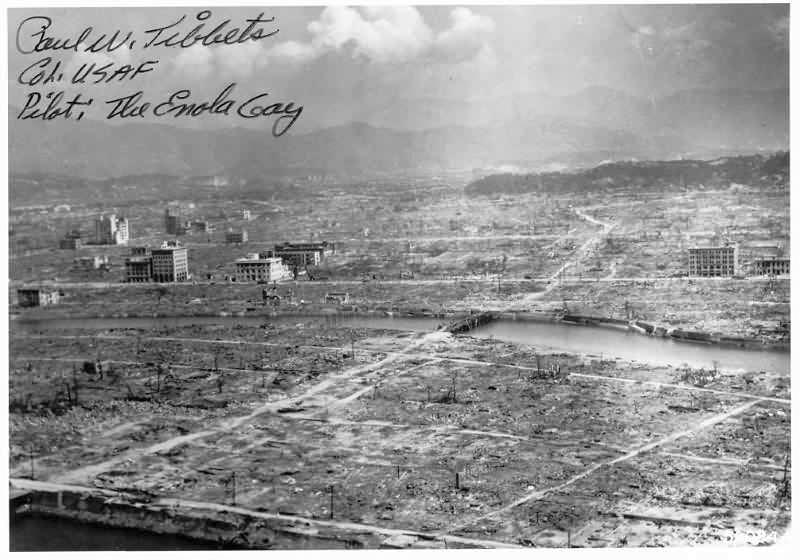
Sixty-one years ago on August 6, the US Air Force dropped an atomic bomb on Hiroshima, instantaneously killing nearly half the population. Three days later, a second bomb was dropped on Nagasaki, killing 74,000. Thousands more died later from radiation exposure. The 267,000 survivors continue to suffer exposure-related ailments, as do their descendents.
In the 1950s-60s, people lived in fear of nuclear war, and, remembering the Cuban missile crisis, the Berlin wall, and other finger-on-the-button events, some feel we escaped by the narrowest margin. Then, in 1968, some hope: the Nuclear Non-proliferation Treaty, signed by 189 nations. The (then) five nuclear weapons states agreed to pursue general disarmament, and the states without nuclear weapons agreed not to acquire them.
India and Pakistan did not sign and have since tested nuclear weapons. Israel is believed to have them. North Korea, which withdrew from the treaty, may have them, and at this writing is about to test a long-range missile to carry them. According to a 2005 report by Tri-Valley CARES, the US is engaged in “assigning a larger role to nuclear weapons, expanding the infrastructure of the nuclear weapons complex, making phantom reductions in the nuclear weapons stockpile, and developing a new and improved nuclear weapons program.” Its widespread use of depleted uranium weapons has been well documented.
Will oil wars turn into nuclear wars?
Read the Wikipedia article on Hiroshima and Nagasaki
DAYS OF INFAMY ANTI-NUCLEAR PROTESTS IN LIVERMORE AND SAN FRANCISCO
Livermore,
Sun, Aug. 6, 8 AM, A Morning of Action on the Anniversary
of Hiroshima
Location: Weapons Lab, Vasco Rd & Patterson Pass Rd, Take 580, exit
south at Vasco, map
San
Francisco,
Wednesday, Aug. 9, 10 AM, International World’s Indigenous
Peoples' Day
Location: Bechtel Headquarters, 50 Beale St, a half-block from Embarcadero
BART, map
More information at http://www.trivalleycares.org/
, 925 443-7148
(Also see Tri-Valley CAREs Calendar
of Events.)